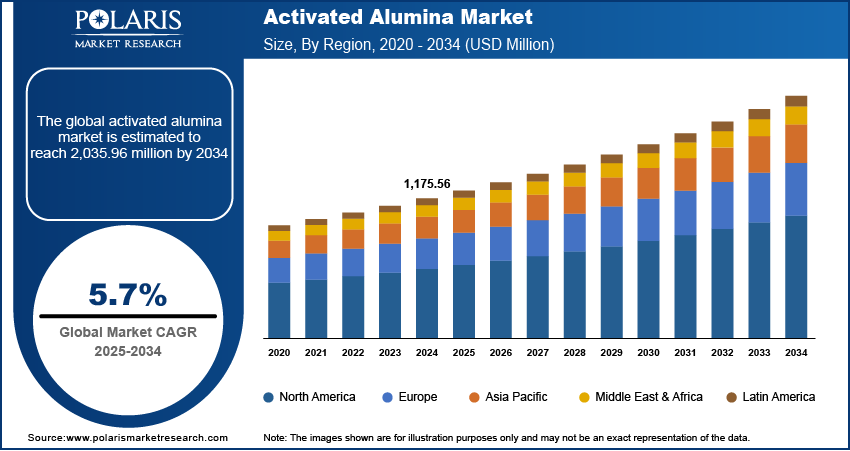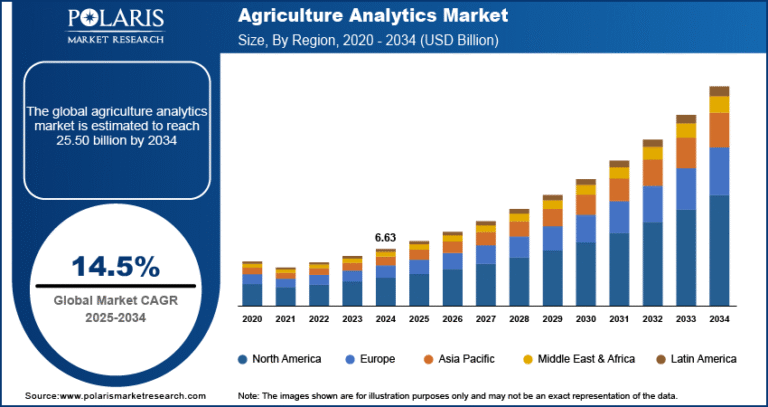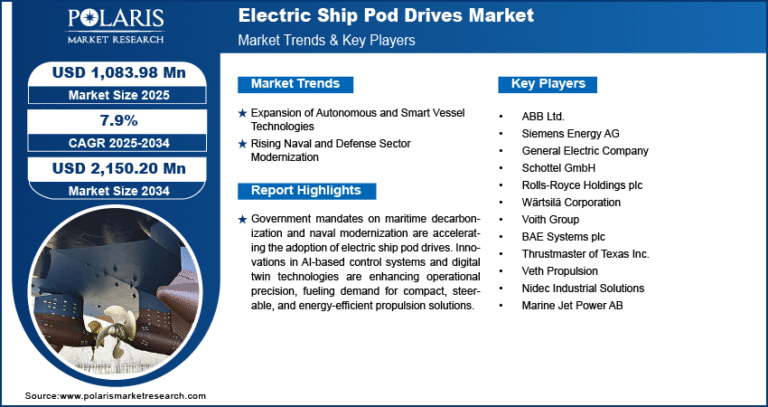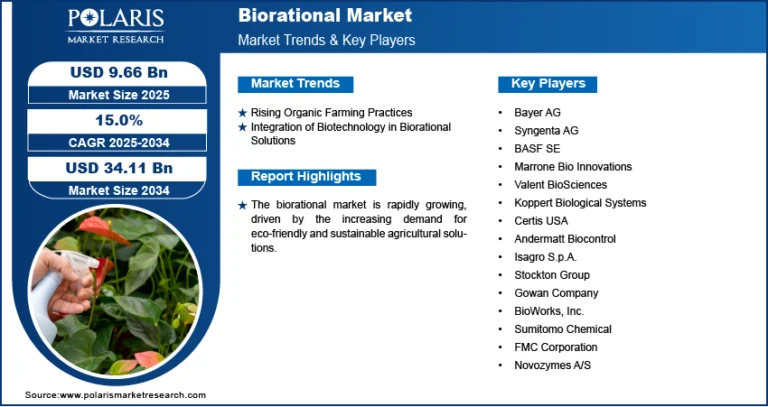Activated Alumina Market to Reach USD 2,035.96 Million by 2034 | CAGR: 5.7%

Activated alumina market was valued at USD 1,175.56 million in 2024 and is expected to grow from USD 1,240.61 million in 2025 to USD 2,035.96 million by 2034, registering a CAGR of 5.7% during the forecast period from 2025 to 2034.
Key Market Trends & Insights:
- Growing demand from water treatment applications due to its high adsorption capacity
- Rising use in the oil and gas industry for fluoride and moisture removal
- Increasing adoption in the pharmaceutical sector for catalyst applications
- Technological advancements in production methods enhancing efficiency and quality
- Expansion of manufacturing industries in emerging economies driving market growth
- Shift toward sustainable and reusable filtration materials supporting long-term demand
Market Size & Forecast:
- Market size value in 2025 – USD 1,240.61 million
- Revenue forecast in 2034 – USD 2,035.96 million
- CAGR – 5.7% from 2025 – 2034
𝐆𝐞𝐭 𝐄𝐱𝐜𝐥𝐮𝐬𝐢𝐯𝐞 𝐒𝐚𝐦𝐩𝐥𝐞 𝐏𝐚𝐠𝐞𝐬 𝐨𝐟 𝐓𝐡𝐢𝐬 𝐑𝐞𝐩𝐨𝐫𝐭:
https://www.polarismarketresearch.com/industry-analysis/activated-alumina-market/request-for-sample
Market Overview:
The activated alumina market is experiencing steady growth, driven by its versatile applications across water treatment, oil and gas, pharmaceuticals, and chemical industries. Known for its excellent adsorption capacity, high surface area, and thermal shock resistance, activated alumina is widely used for moisture removal, fluoride adsorption, and catalytic processes. In the water treatment sector, it plays a crucial role in eliminating fluoride and impurities, especially in areas with limited access to clean water. The oil and gas industry also contributes significantly to market demand, utilizing activated alumina in drying and purification processes amid rising energy needs and exploration efforts.
Technological advancements have improved production techniques, increasing the efficiency and reusability of activated alumina in high-performance applications like air drying and catalyst support. The pharmaceutical sector is also expanding its use, leveraging the material’s non-toxic and stable properties for drug formulation and purification. Regionally, Asia-Pacific dominates the market due to rapid industrialization and infrastructure development, while North America and Europe benefit from robust regulatory standards and innovation. Looking ahead, rising environmental concerns and the demand for advanced, sustainable filtration solutions are expected to continue fueling market growth.






